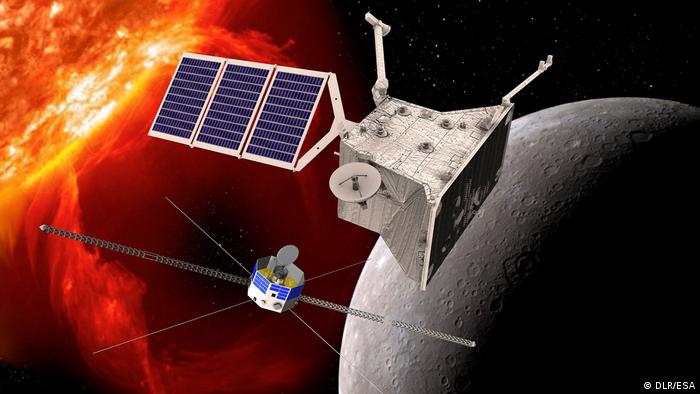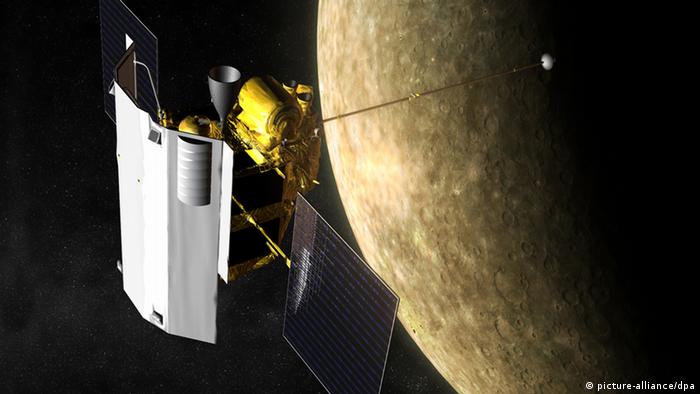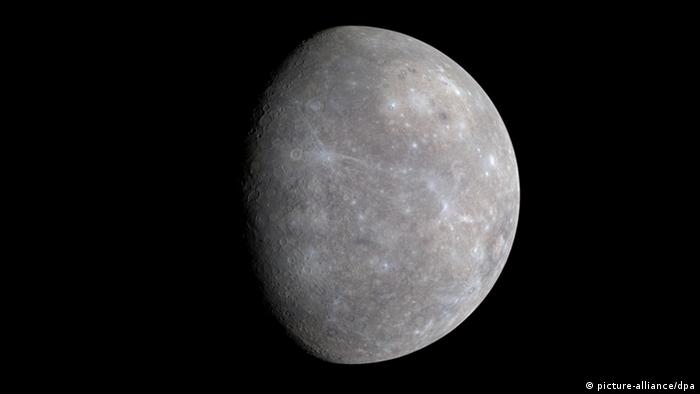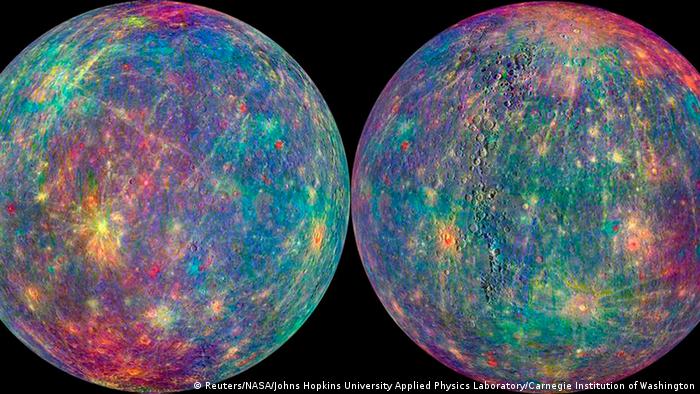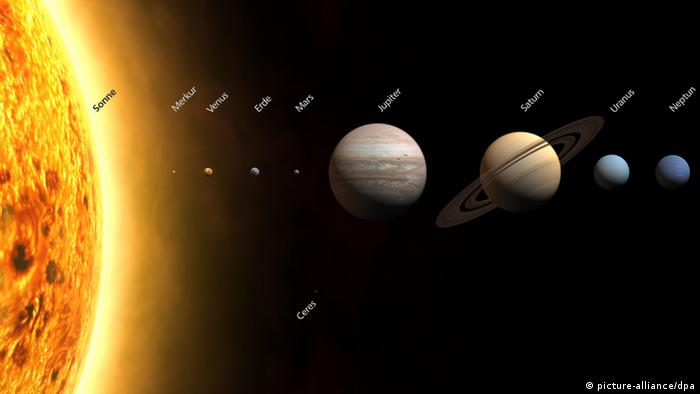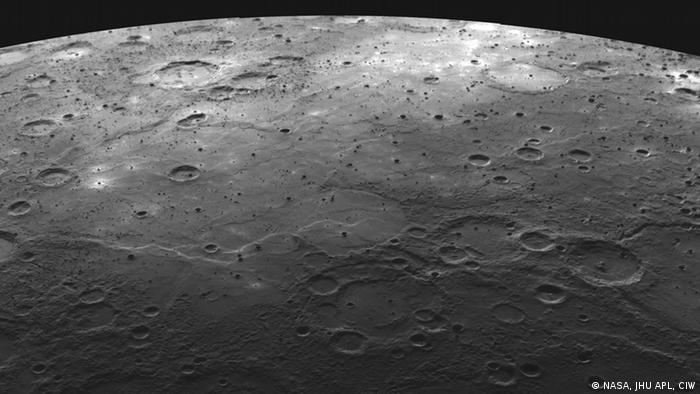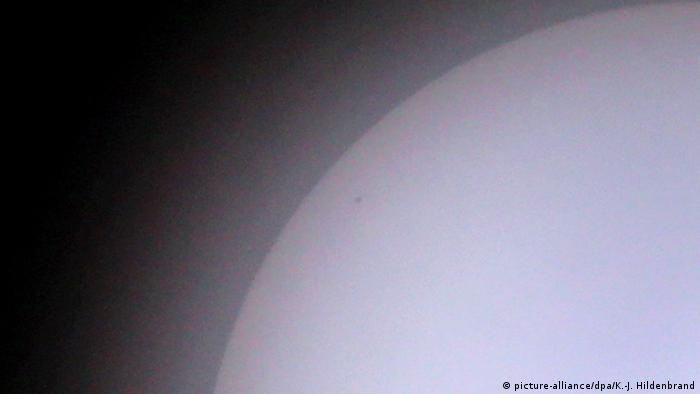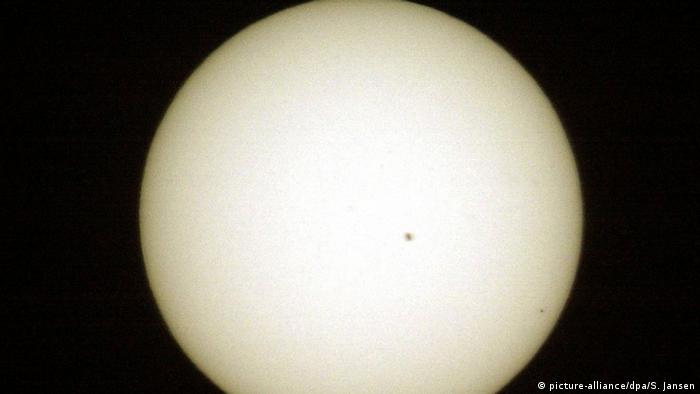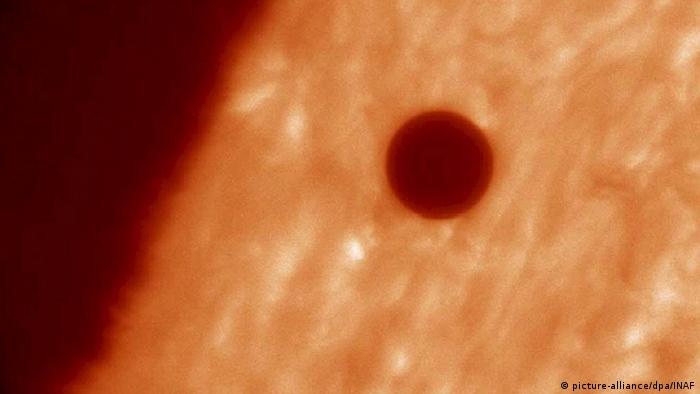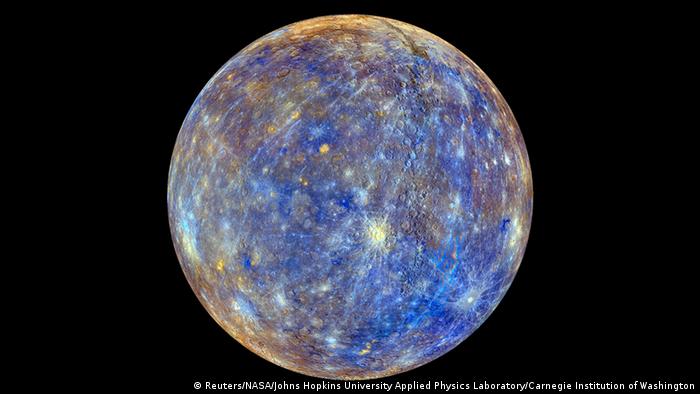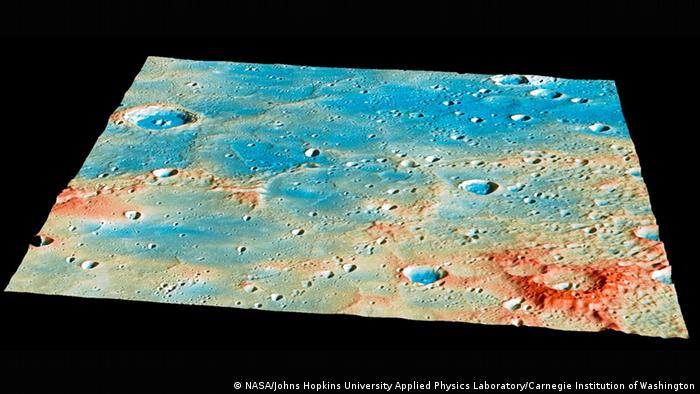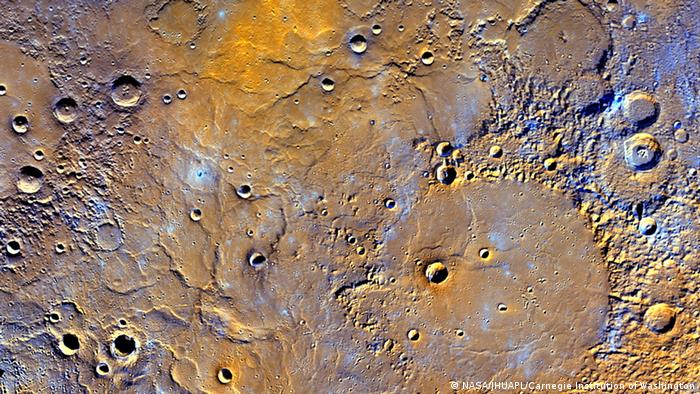The dual-spacecraft BepiColombo consists of two orbiters, which have to endure the mercury extreme heat and cold. An Ariane-5 carrier rocket will send the probe on this Saturday on their seven year journey.
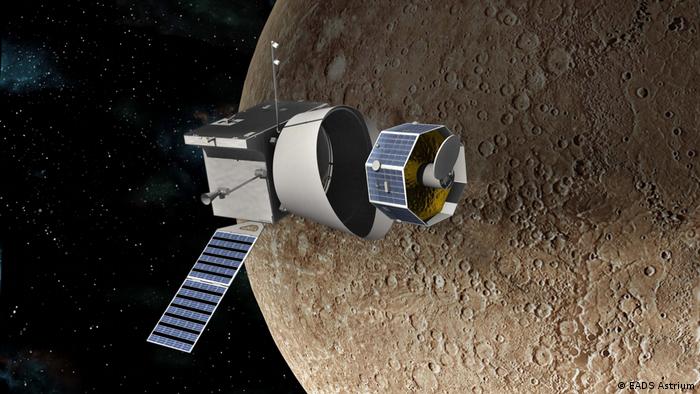
The Mercury Planet Orbiter (left) to separate the mercury from the Magnetospheric Orbiter
The space probe Duo BepiColombo, named after the Italian mathematician and engineer Giuseppe Colombo, is regarded as one of the world’s most demanding space missions of the European space Agency ESA. This sounds surprising, because in comparison with complicated missions like the comet’s cargo of Rosetta and Philae, the project looks at first glance rather quite commonplace: An Orbiter spacecraft flies to one of the planets in our solar system. And those probes were in the story already.
Mercury: Planet of opposites
Technically demanding, the joint project with the Japanese space Agency, JAXA. Difficult, in particular, the extreme climatic conditions of the planet are: mercury has almost no atmosphere. He is also the Planet closest to the sun. The result is that it heats up to the extremely long days there, uncomfortable strong – up to 430 degrees Celsius. In the night it is freezing cold – up to minus 180 degrees.
Mercury is also the least known Planet in our solar system. In addition to the inhospitable conditions that is due to the fact that he is very small. With 4878 kilometers in diameter, he is only a little larger than our moon.
Only two NASA probes have visited him ever: in 1975, the probe Mariner and between 2011 and 2015, Messenger. Messenger had, especially the Northern hemisphere of the planet. Now, BepiColombo should fill in the gap and the missing data of the southern hemisphere supply.
More: So small, So rare, the transit of Mercury
BepiColombo: Two Orbiter to go together on trips
BepiColombo consists of two orbiters, which will separate only in the vicinity of the mercury: The Mercury planetary Orbiter (MPO) will study the surface and composition of mercury. For example, a complete three-dimensional image of the planet.
The Mercury Magnetospheric Orbiter (MMO) is used to measure the magnetism. The two probes should also collect data on the solar winds and find out what interactions there are between the sun and mercury.
Unique Measurement Devices
A total of 16 measuring devices on Board of the two probes. “With some of them, we can look even slightly below the surface of the planet, and there’s something about the minerals – such as iron-sulfur-Compounds – know,” says ESA project scientist Johannes Benkhoff, in an Interview with Deutsche Welle.
Three instruments, the German centre for air and space travel (DLR) is involved: A Laser Altimeter (BELA), a Magnetometer (MPO-MAG) and a combined radiation-measuring device with an infrared spectrometer (MERTIS).
The equipment had to be specially built so that you can survive the wide temperature fluctuations and radiation from the sun. Thus, the measuring device of MERTIS tiny is the Sensor for the radiation: Only a change of three millimeters in size. He was made from a single piece of silicon, and simultaneously serves as a gap for the combined spectrometer. This outer part of the instrument must be able to withstand the temperature extremes.
In the interior of the probe is less extreme. It is surrounded by a six-inch-thick insulating layer. To cool the Central devices on temperate 20 degrees Celsius.
More: “Messenger” falls on mercury

These images supplied by the NASA probe Messenger. BepiColombo is now to make infrared recordings.
A long, complicated approach
Demanding the approach to the planet. He takes whole seven years. “We need a lot of energy to reach the mercury,” said planetary scientist Benkhoff. “This energy we win in two ways: first, we have a solar-electric drive, which is very energy-efficient. But the solar energy is not enough. Secondly, we need to get us so that’s why the help of the planet.”
So full BepiColombo performs a series of Swing-by manoeuvres, by the attraction of different celestial bodies to absorb the necessary speed. But you need to vote in the constellation of the planets. And because this is not so easy, it takes correspondingly long. The probe will fly Once past earth and twice past Venus. “A total of BepiColombo has to go around 18 Times the sun, before we reach the mercury,” says Benkhoff.
At the end of BepiColombo needs to be also complicated braked. Also Swing-by maneuvers are used, and six Times on mercury. Only in this way, the probe can reach at the end of their intended orbit around the planet.
Already on the way BepiColombo will collect data of the earth and of Venus. After the probe reached in 2026, the mercury, to collect her two Orbiter for about a year of data and to the earth return.
